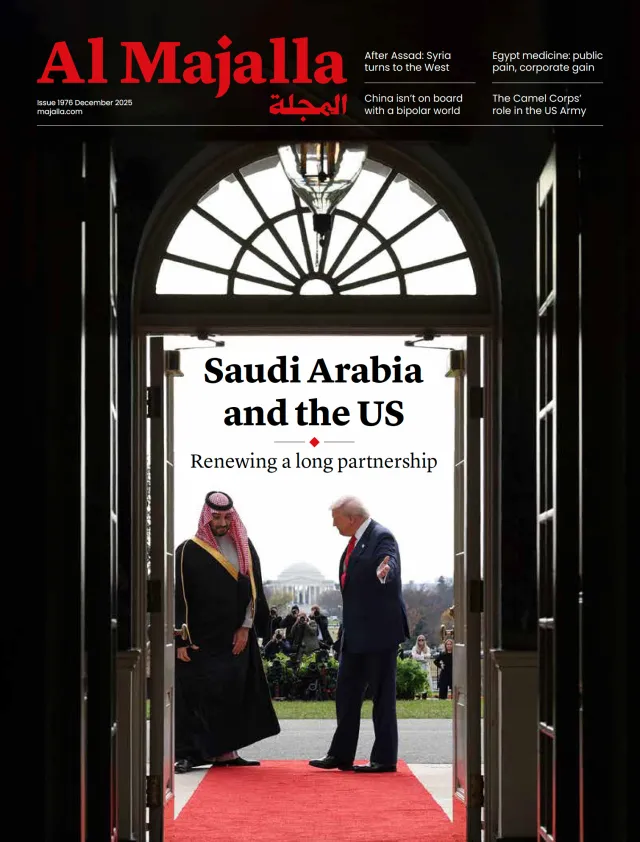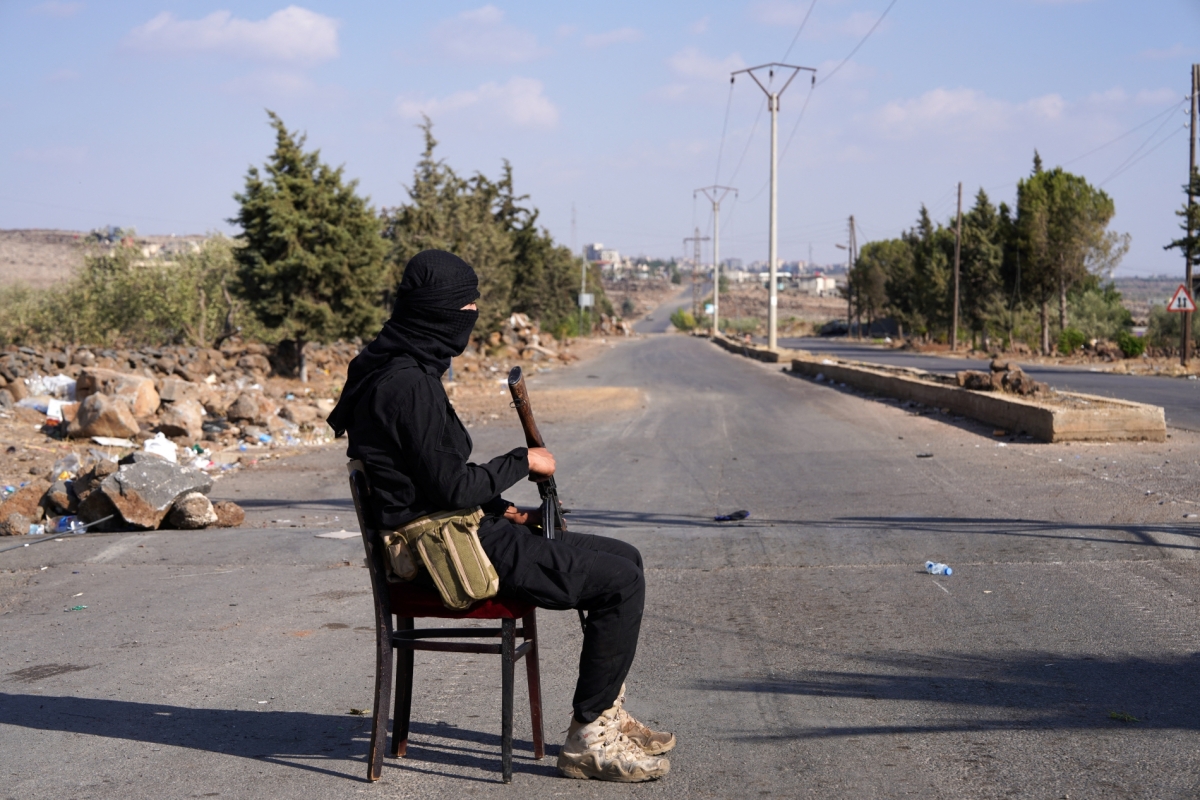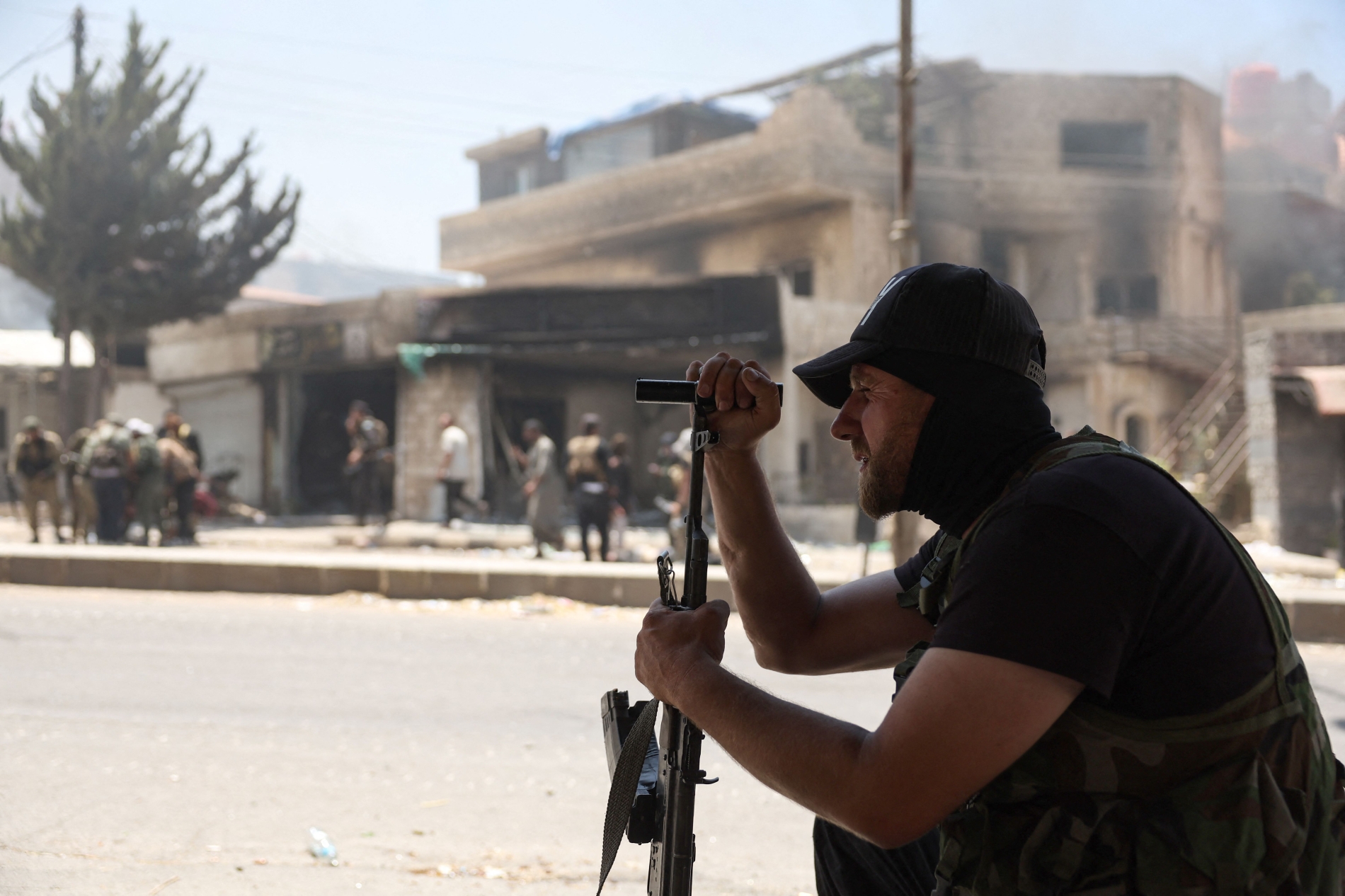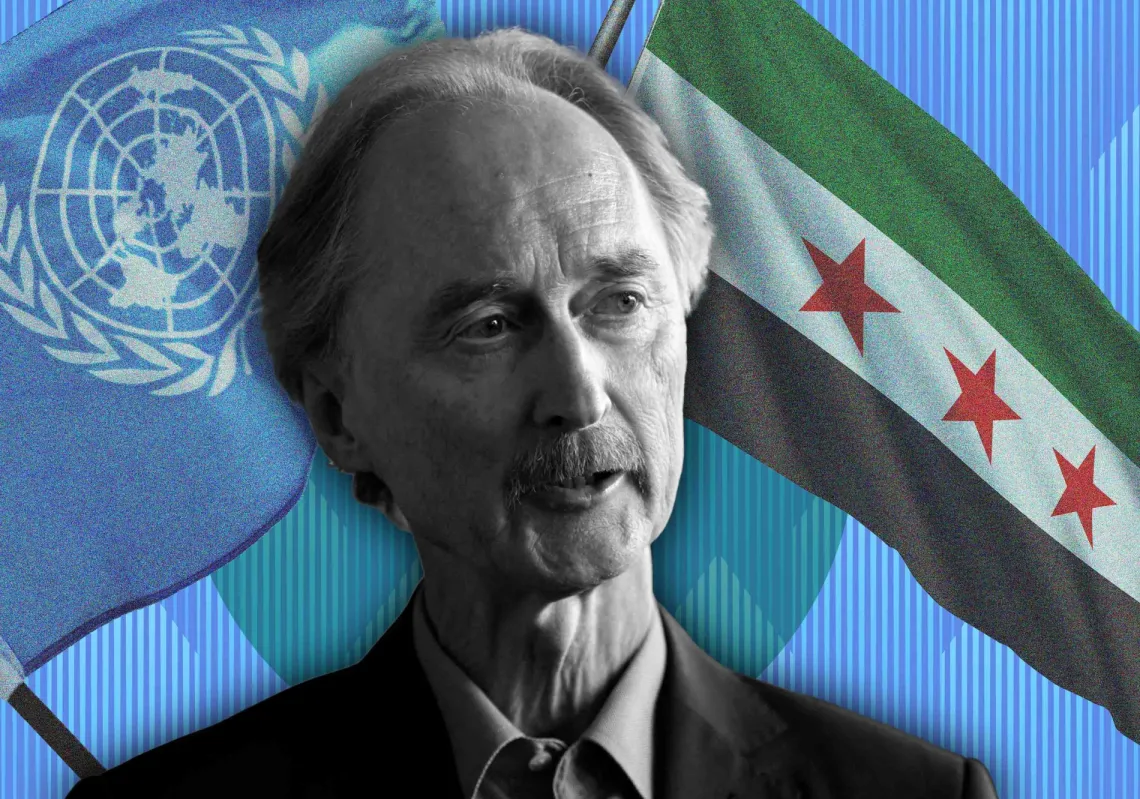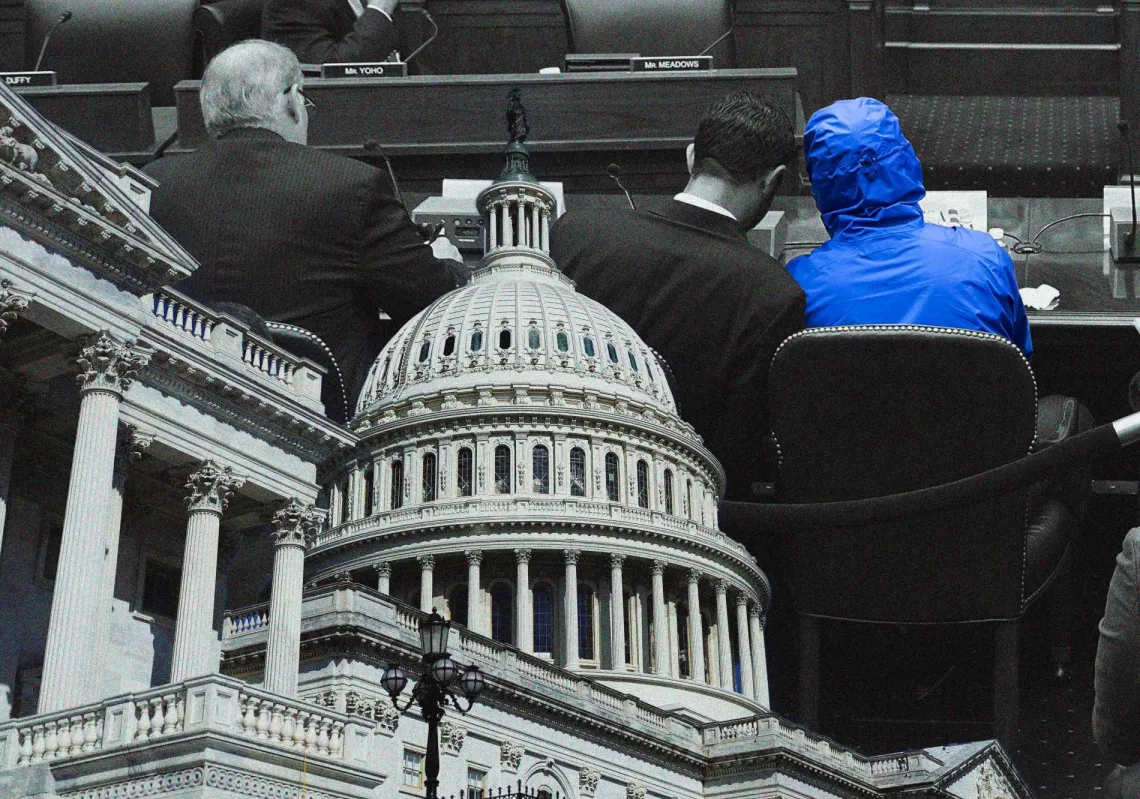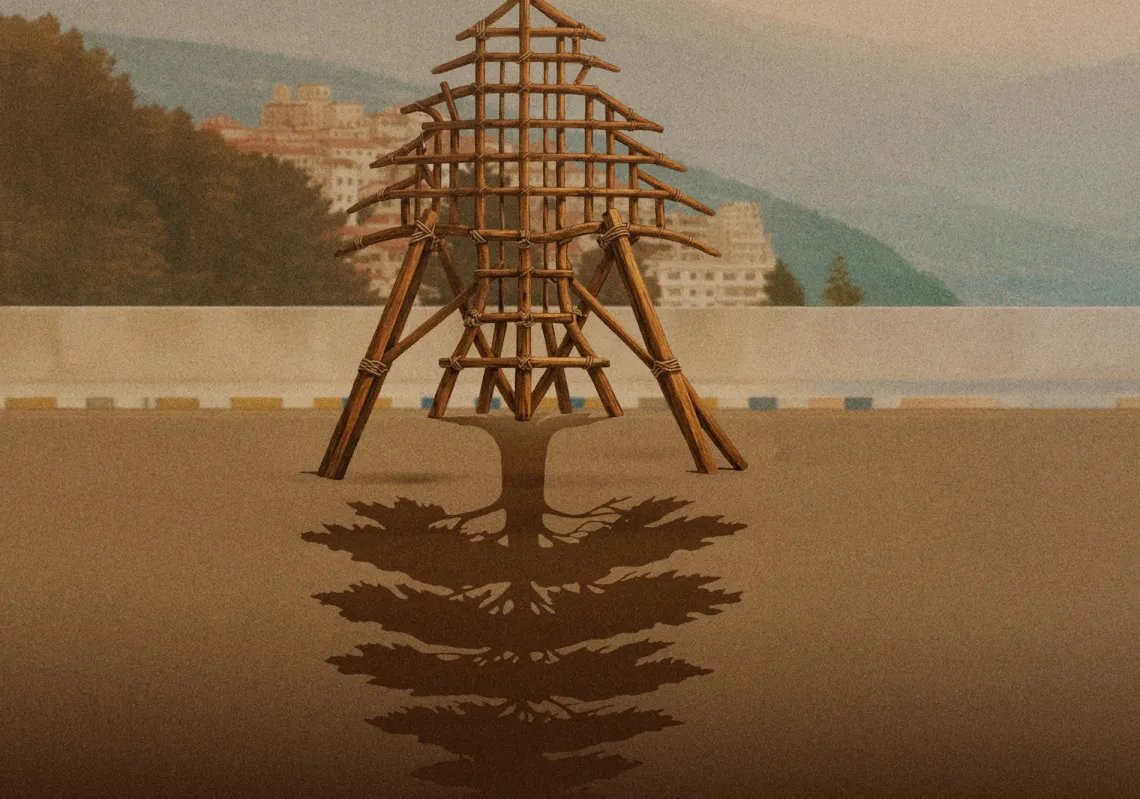A US-brokered ceasefire has brought a temporary end to the deadliest wave of violence to have hit the southern Syrian city of Sweida in decades. What began on 13 July as a localised dispute between Druze and Bedouin groups quickly escalated into a full-scale military confrontation between Druze fighters and transitional government-aligned forces.
In just over a week, around 1,100 people are believed to have been killed, and tens of thousands displaced, shaking the foundations of Syria’s already fragile transition. While the violence had subsided at the time of writing, this feels more like a pause then a return to stability, the ceasefire reportedly just reinstating the pre-conflict status quo, with local Druze resuming de facto control over Sweida.
Halting the violence is a necessary first step, but it does not amount to a durable political settlement. Unless the core grievances that fuelled the escalation—such as political marginalisation and contested authority—are meaningfully addressed, the calm is unlikely to last.
Trigger point
The spark that ignited the violence was the kidnapping of a Druze trader, reportedly by individuals connected to Bedouin tribes. In response, a wave of retaliatory abductions unfolded, escalating into broader communal conflict. This type of incident is sadly familiar in southern Syria, where unresolved tensions and mistrust between communities continue to fester.
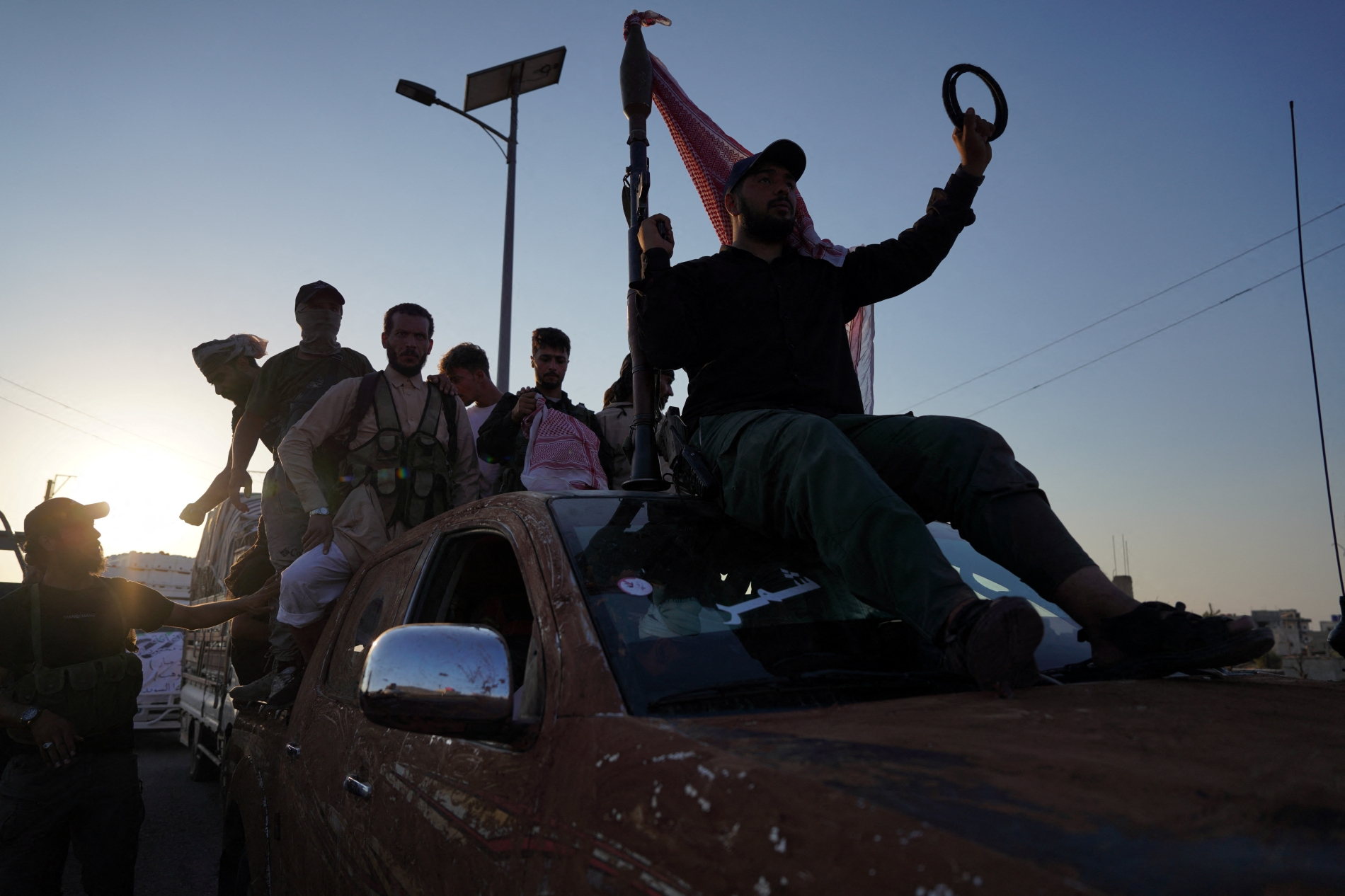
What set this episode apart was the decision of Syria’s transitional authorities to intervene militarily. Damascus framed its deployment as a mission to restore order, but many in Sweida saw it as a power grab—a perception rooted in unresolved disputes between local leaders and the transitional authorities, particularly over governance, security arrangements, and the identity of the future Syrian state.
Sweida’s Druze notables have long argued for decentralised governance and locally-managed security structures tailored to the community’s needs, whereas Damascus is wedded to a highly centralised, top-down approach. They are at an impasse, with negotiations having led to nothing, which helps explain why the state’s intervention was not as a peacekeeping mission, but as an attempt to reassert central authority by force.

